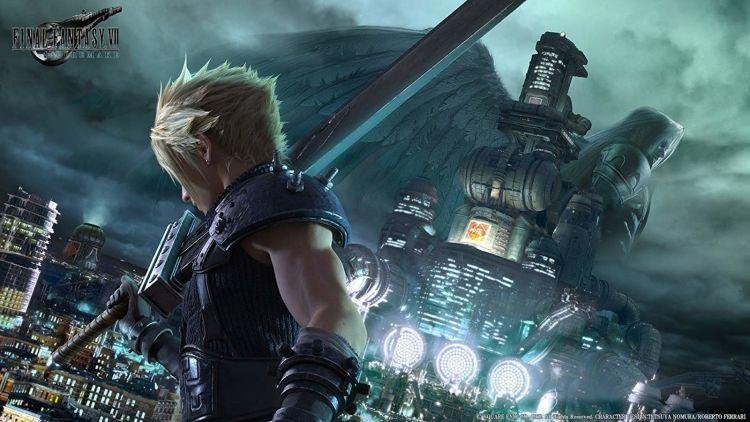Five years ago, Square Enix announced a complete remake of Final Fantasy VII. Originally released in 1997, the game received overwhelming and widespread praise. It was only a matter of time until a remake came along. And now, here it is. Or rather, here is the first part of a multi-part remake, dividing the original game’s story across multiple installments. So far, it’s off to a promising start.
Game Name: Final Fantasy VII Remake
Platform: PlayStation 4
Publisher: Square Enix
Developer: Square Enix
Release Date: April 10, 2020
Price: USD 59.99
Final Fantasy VII Remake begins much like the original game. We’re introduced to Cloud Strife, a mercenary hired by the eco-terrorist group Avalanche to fight Shinra, the corporation controlling the city of Midgar and its use of Mako energy. Mako powers the city, but it also drains the planet of its life-force. Caught up in the fight, Cloud teams up with Barret, Tifa, and the rest of Avalanche to take the corporation down. The remake only adapts the Midgar section of the game and spreads it out into a full-length experience.
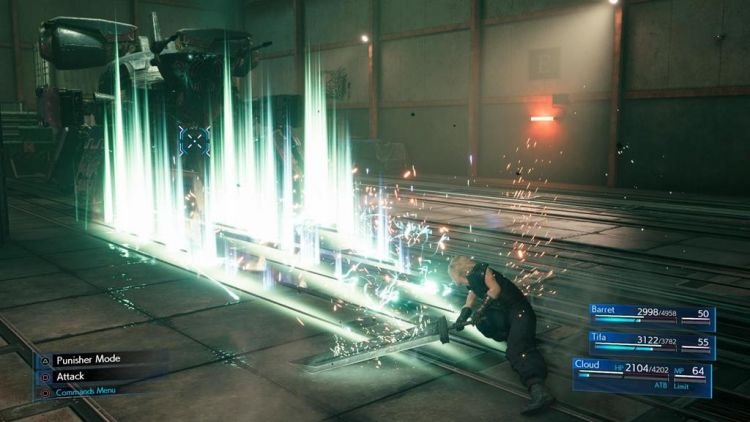
Living in a Materia World
Unlike the original game, Final Fantasy VII Remake uses real-time combat instead of turn-based combat. How big of a change is this? The series previously made the switch to real-time combat with Final Fantasy XV, but here it operates as a sort of compromise between that and the original. Combat technically plays out in real-time, but players can execute special attacks and use magic through a combat menu. This menu slows time down to a crawl, allowing players to line up moves that the surprisingly competent AI will then carry out for them. The combat exists as a compromise between turn-based and real-time, but it’s a compromise that works.
While players control Cloud during the main game, in battles they essentially control the whole party. Each character has different abilities, gained by equipping Materia orbs found throughout the game. These may be used by switching characters or by selecting them through the combat menu. One of the most helpful (borderline required) abilities is “assess,” which allows players to see an opponent’s weakness. Most attacks do relatively little damage, but by exploiting weaknesses players can gain the advantage. At first, I had mixed feeling about this, as it forces players to adopt specific play styles. Want to use Barret’s arm gun to take down an enemy? Too bad, it’s only weak to Aerith’s magic.
But over time, the gameplay grew on me, as it turns combat into a puzzle. How can I balance out my party to cover the most weaknesses? Which attacks stagger enemies fastest, allowing for more damage? Who should I give which Materia to? Each weapon has its own unique special attack, which after a couple uses becomes unlocked permanently, encouraging players to try out every weapon they find. Weapons and Materia can both be upgraded, further encouraging players to think strategically. While I initially thought I’d play only as Cloud, it became fun to switch from character to character and utilize each of their strengths and differing play styles.
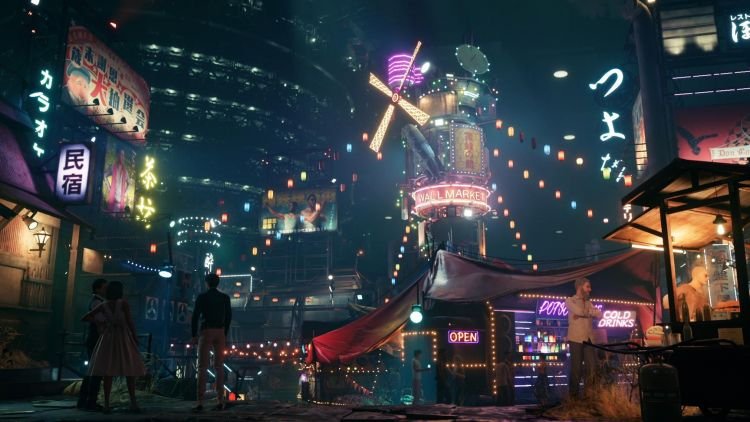
Midgar State of Mind
Since Final Fantasy VII Remake just contains the Midgar section of the original game, how is it over three times as long? Well, much of it has to do with scale. Think of it as the difference between a toy race car track and a real one. The latter takes longer for the cars to lap around, only because of the much bigger scale. Here, handfuls of buildings become full towns, and snippets of dialogue become fully acted cutscenes. The levels are much larger and the bosses even bigger. Not all of it is just due to scale, however. Side quests and a few extra changes extend the experience slightly, but the game paces itself fairly well.
With the city expanded as much as it is, the game displays it proudly. Graphics are top-notch, and while I started to get tired of looking at industrial buildings, there’s just enough variety to keep things interesting. The characters also look fantastic. With the game expanded as much as it is, there’s a ton of character development. Aided by expressive facial animations and stellar voice acting, their backstories and interactions really helped me feel invested in the narrative. The soundtrack is bombastic and well-utilized. I couldn’t help but feel a sense of foreboding whenever I heard a hint of Sephiroth’s theme, “One-Winged Angel,” interspersed in the soundtrack.
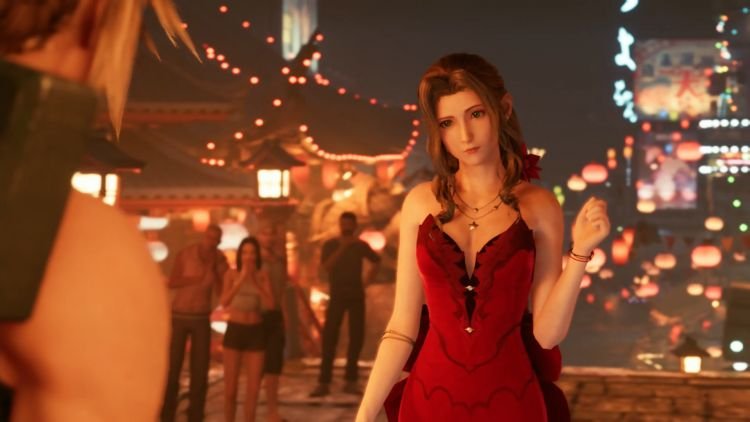
The Party Doesn’t Start Till Aerith Walks In
In the second act, the game opens up, both literally and figuratively. Once Aerith joins the party, the game trades the linear hallways of Shinra facilities for the open towns and districts of Midgar. These offer a lot more environmental varieties, from the lush gardens of Sector 5 to the haunted ruins of the Train Graveyard. The gameplay switches from combat to quests to puzzle to mini-games more often, adding much more variety there as well. The Wall Market section is an especially delightful part. The epic battles of the colosseum, the over the top dance-off at the honey bee inn, and the hilarious squat competitions of the local gym allow the game to embrace into the absolute ridiculousness side of Final Fantasy in spades.
When Square Enix announced that Final Fantasy VII Remake would have extensive side quests, I was initially perplexed. How would a linear role-playing game incorporate them? In open-world games, side quests appear as the player explores the map. Here, whenever you visit a new town, four or so side quests appear. Unlike open-world games where the narrative takes a back seat, these side quests fit organically into the story. When you arrive at Sector 5, Aerith tells you she doesn’t have to go home yet and suggests helping out around town. Now, while the side quests are not mandatory, the game highly encourages you to complete them. But since they provide helpful rewards and felt like a true part of the main story, I found them worthwhile. Spread out evenly throughout the game, they offer world-building and a chance to switch up the gameplay.
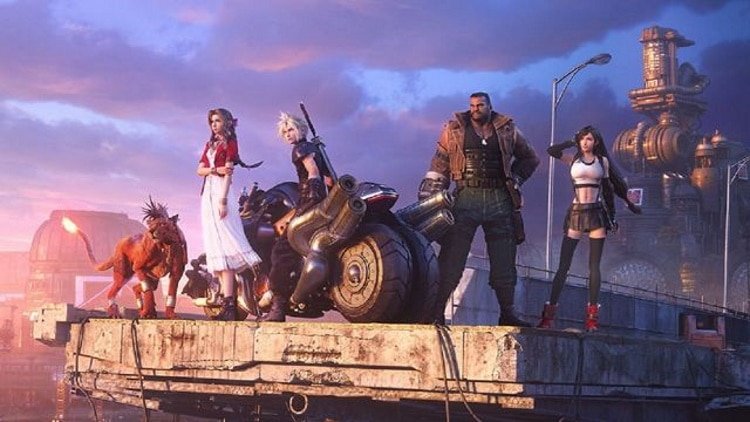
Boundless, Terrifying Freedom
There’s a lot in the Final Fantasy VII Remake, and the game wants you to see as much of it as possible. Exploring the various locales will reward hidden items and fun short dialogues with side characters. Even though it’s just the first part of what will likely turn out to be three or four games, there’s a lot in it. Boss encounters often consist of multi-stage battles, with an abundance of variety as well.
Except for a few towards the end, the boss battles offered satisfying challenges. The story is jam-packed with characters and scenarios, adding a few new characters to the mixed and expanding the stories of original ones. Yes, there are a few story changes from the original game. Final Fantasy VII Remake stays true to the spirit of the original game but ultimately carves its own path.
Summary
Confession time, I’ve never fully played the original Final Fantasy VII. Yet Final Fantasy VII Remake kept me engaged through inventive combat, great world-building, and an approach to narrative that made me care about these characters that most players probably grew fond of over 20 years ago. Midgar is a delight to visit in all of its fully realized glory, with tons of areas to explore and even more things to do in it. In finding the balance between tradition and innovation, the game walks a delicate line. While it sometimes stumbles, it otherwise pulls it off elegantly.
Pros
- Strategic combat
- Wonderfully realized characters
- Visuals and soundtrack
- Worthwhile side quests
- Wall Market
Cons
- Lack of gameplay variety in the first act
- The occasional tedious boss battle
-
Final Fantasy VII Remake


